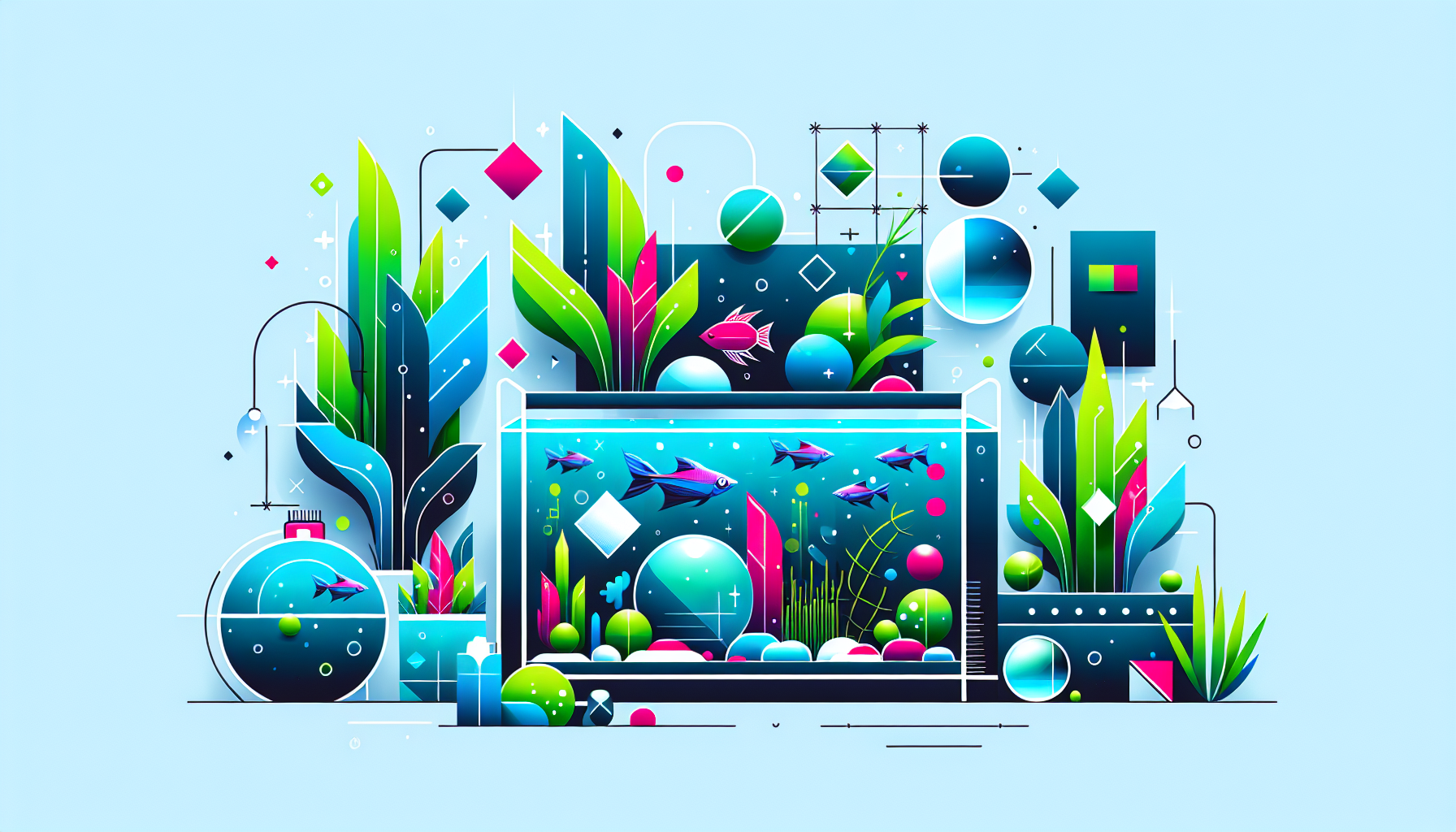The Ultimate Beginner’s Guide to Aquascaping: Step-by-Step Tips for Stunning Aquariums
Ready to transform your aquarium into a work of living art? Aquascaping allows you to craft breathtaking underwater landscapes that elevate your tank and provide a thriving environment for your fish and plants. Whether you’re brand new or looking to refine your skills, this comprehensive beginner’s guide to aquascaping will walk you through every step, from planning and design to ongoing maintenance.
What is Aquascaping?
Aquascaping is the art of arranging aquatic plants, rocks, driftwood, and other natural elements inside an aquarium to create visually appealing, natural-looking scenes. It combines creativity, biology, and technical know-how, making it a favorite hobby among aquarium enthusiasts worldwide.
Benefits of Aquascaping
- Promotes a healthy environment for aquatic life
- Reduces stress and enhances well-being
- Acts as a creative outlet and personal art form
- Improves room aesthetics and ambiance
Step 1: Planning Your Aquascape
Choose a Style
Start by exploring popular aquascaping styles:
- Nature Aquarium: Mimics natural landscapes using organic layouts
- Iwagumi: Focuses on simplicity and stone arrangements
- Jungle: Features lush, wild plant growth
- Dutch: Prioritizes vibrant plant groupings and color
Deciding on a style will guide your choice of hardscape materials and plants.
Aquarium Size and Placement
Begin with at least a 10-20 gallon tank for easier maintenance and stability. Position your aquarium away from direct sunlight to prevent excessive algae growth.
Step 2: Gathering Essential Equipment
- Aquarium tank – Proper size and shape for your design
- Filtration system – Maintains water quality
- Heater (if tropical) – Consistent temperatures for fish/plants
- Lighting – Essential for healthy plant growth
- CO2 system (optional) – Boosts plant growth in advanced setups
- Hardscape – Rocks, driftwood, substrate, and gravel
- Aquatic plants – Choose easy beginner plants like Java Fern, Anubias, or Cryptocoryne
For a full breakdown, check our aquascaping equipment guide.
Step 3: Hardscape and Substrate Layout
Selecting a Substrate
Use nutrient-rich substrates designed for aquarium plants. This provides essential minerals and a stable foundation for plant roots.
Arranging Hardscape
Start by placing rocks and driftwood to create the primary structure. Follow the “rule of thirds” for balance—aquascapes often look more dynamic with the main focal point off-center.
Secure hardscape with aquarium-safe glue if needed and test the layout before adding water.
Step 4: Planting and Filling the Aquarium
Choosing Beginner-Friendly Plants
- Java Fern (Microsorum pteropus)
- Anubias
- Crytocoryne
- Java Moss
- Amazon Sword
Place taller plants in the background and low-growing species in the foreground. Plant delicately to avoid damaging roots.
Filling the Aquarium
Slowly fill your tank with dechlorinated water using a plate or plastic bag to prevent substrate disturbance.
Step 5: Cycling and Introducing Aquatic Life
Cycle your aquarium before adding fish or shrimp. This process establishes beneficial bacteria needed for safe water conditions.
- Monitor ammonia, nitrite, and nitrate levels
- Cycling may take 4-6 weeks
Once stable, introduce beginner-friendly fish or shrimp slowly to prevent overloading the system.
Step 6: Aquascape Maintenance
- Perform weekly water changes (20–30%)
- Prune plants for healthy growth and ideal shape
- Clean algae from glass and décor as needed
- Monitor water parameters using test kits
- Replenish fertilizers and nutrients as plants deplete them
For in-depth advice, see our aquascape maintenance guide.
Common Beginner Mistakes (and How to Avoid Them)
- Adding too many fish too soon
- Overfeeding, leading to poor water quality
- Poor lighting, causing unhealthy plants
- Ignoring regular water testing
- Neglecting routine maintenance
Frequently Asked Questions
Is aquascaping expensive to start?
It doesn’t have to be! Many beginners start small with affordable tanks, low-tech equipment, and easy plants. As your skills grow, you can upgrade over time.
How long does it take to cycle an aquascape?
Typically 4–6 weeks. Be patient! Proper cycling is essential for the health of your aquatic life.
What is the best lighting for aquascaping?
LED aquarium lights are energy-efficient, customizable, and suitable for most planted tanks. Match your lighting to the needs of your plants for best results.
Start Your Aquascaping Journey Today!
Embarking on your aquascaping adventure is exciting and rewarding. With the right guidance and a bit of patience, you’ll cultivate a thriving, beautiful underwater landscape that delights you day after day.
For more inspiration and expert tips, explore our aquascaping blog or check out our free beginner course.
Ready to create your own aquatic masterpiece? Share your progress with the Aquascaping Academy community in the comments below!



